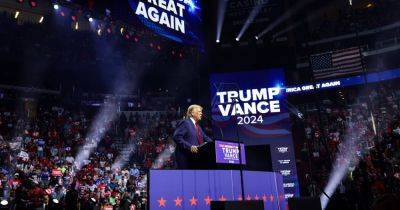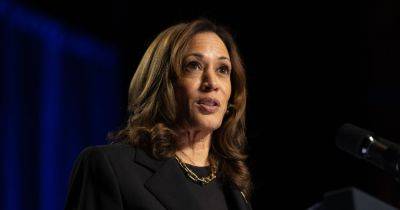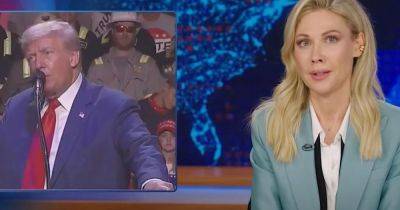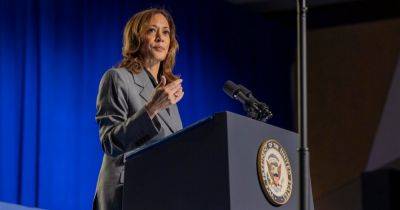Trump’s Low-Tax, High-Tariff Strategy Could Clash With Economic Realities
As former President Donald J. Trump makes his closing economic argument ahead of the election, he is outlining a vision for a manufacturing renaissance that reprises a familiar pitch: Make goods in America and enjoy low taxes, or face punishing tariffs.
Mr. Trump’s pitch combines the type of carrots-and-sharp-sticks approach that he called “America First” during his first term, when he imposed stiff tariffs on allies and competitors while lowering taxes on American firms.
During a speech in Savannah, Ga., on Tuesday, Mr. Trump suggested he would go far beyond that initial approach and adopt what he rebranded a “new American industrialism.”
The former president proposed creating “special” economic zones on federal land, areas that he said would enjoy low taxes and relaxed regulations. He called for companies that produce their products in the United States — regardless of where their headquarters are — to pay a corporate tax rate of 15 percent, down from the current rate of 21 percent. Businesses that try to route cars and other products into the United States from countries like Mexico would face tariffs as high as 200 percent.
But Mr. Trump’s vision of a “manufacturing renaissance” comes when Americans are increasingly wary of foreign investment, particularly from Asia. And while he imposed steep tariffs during his presidency, his efforts to keep American companies from shifting production overseas ran into the harsh realities of lower-wage labor and technological advancements in other countries.
While Mr. Trump was in office, manufacturing employment was essentially flat before the pandemic and had declined by the time he left office. In January 2021, the Alliance for American Manufacturing described his promises of an







